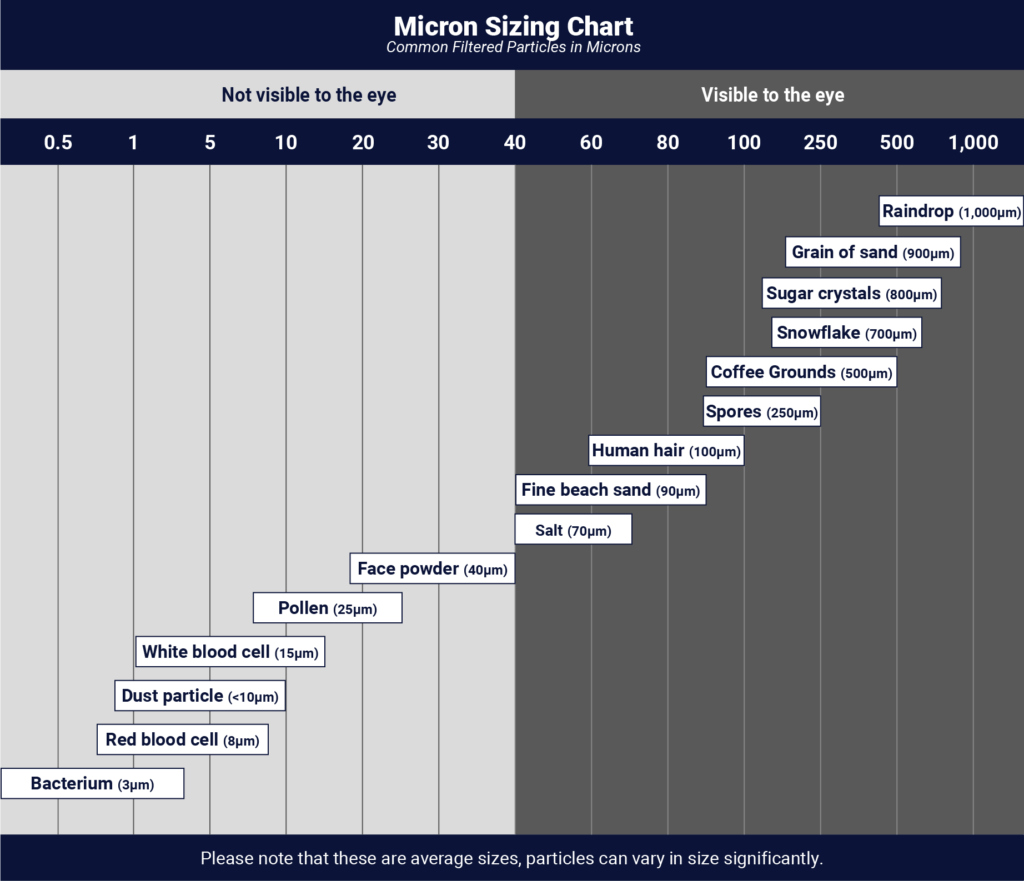What micron rating do I need (you are here)
How Particulate Size Influences Filter Choice
When it comes to your system’s last line of defence, having an appropriate micron rating is pivotal. This fine metric measures a filter media’s ability to remove contaminants by the size of particles it can block and capture. But you might ask, “What micron rating should I choose?” The answer largely depends on the particulate sizes that are common in your application. Let’s dive deeper into this essential aspect of filtration technology.
Understanding Micron Rating

Monitored parameters such as working fluid nature, flow rates, temperature extremes and target cleanliness levels help in defining optimum filter solutions but often particulate sizing gets overlooked which can seriously impair performance in the long-term.
Consider these generic steps when selecting micron ratings suitable for your application:
-
- Identify Typical Contaminants: Whether hydraulic dust or engine debris, there is bound to be typical dirt-particulates routine to operations within any specific environment. Be clear about most-common forms and other occasional potential threats contaminating system components.
-
- Assess Outcome Impactors: While certain applications may continue with marginal efficiency drops others may be severely affected even with slight variations in particle size. Decide upon desired system performance standards & permissible band of fluctuations to set a more realistic target in terms of particle sizes.
-
- Select Optimal Micron Ratings: Use the comprehensive catalogue detailing micro-mesh filters each against their tailor-made applications and ratings armed with insights from above two steps, one can easily pick the most suitable filter meeting all operational parameters without overshooting budgets.
With the careful consideration of all the above, spec’ing the mesh of your last chance filter should hopefully become a little less daunting task at hand and, hopefully, we helped you to ensure optimal performance upon installation and span your filters’ lifecycles. If you need further help, please get in touch.
Case Study
In pursuit of replacing an obsolete part without considering long-term implications, the purchasing department of a company decided to buy more affordable, less efficient filters. They hoped this would reduce their overall procurement costs, thus leading to an increase in their net profits. Paul, a seasoned engineer with years of hands-on experience and vast technical knowledge, identified the cheaper filters during his in-site routine checks and immediately flagged his concerns. Having witnessed similar cost-saving attempts throughout his career, he was determined not to let history repeat itself. He explained his reservations about the lack of quality of the purchased products to the procurement team and how they would show poor performance in blocking large particulates from contaminating their hydraulic systems. The intense wear it would cause to the machinery would lead to costly catastrophic failures. The team reached out to us for our expertise for identifying a suitable alternative and they are now a client of ours.
If uncertain about making this crucial decision alone, get in touch.

